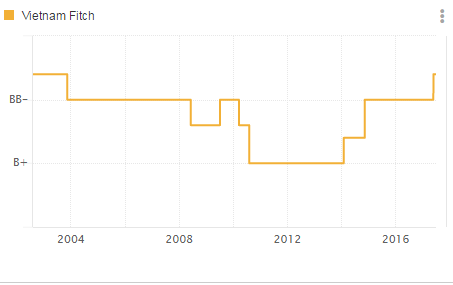What is a subsidiary? Associated company? Financial investments?
Proficient reading and analyzing financial statements of enterprises will help securities investors understand the business cycle of the enterprise, so that they can have insights of the financial health, business performance, cash flow position and identify potential risks to avoid and seize investment opportunities.
When it comes to reading financial statements, many people wonder why some companies have both separate and consolidated financial statements, while other companies only have one financial report? What is the difference between the consolidated and separate financial statements, and their significance in stock investment analysis? Indeed, for those who have not studied financial statements in depth, this is a painful problem.
Here we will solve this problem in the simplest way from the perspective of a financial analyst for securities investment (not the view of an accountant).
What is a corporate financial statement?
A financial statement consists of Balance sheet, Income statement, Cash flow statement, and explanation of financial statements, and it reflects the situation of assets, equity and liabilities as well as the financial situation, business results, the rotation of cash flows.
In other words, financial statements are a means to present the profitability and financial status of an enterprise to interested parties including: Administrators, business owners, investors, creditors, and tax authorities and authorities ...
When does an enterprise have both consolidated and separate financial statements?
- For a company that does not own any subsidiaries, there is only one type of financial statement for the company.
- For a company that owns one or more subsidiaries, there will be separate and consolidated financial statements.
- Separate financial statements show the financial and business situation of the parent company only.
- Consolidated financial statements will summarize the entire financial and business situation of the whole group, including the parent company and subsidiaries.

What is a subsidiary? Associated company? Financial investments?
- Subsidiary is an enterprise controlled by another enterprise (Control means to govern the financial and operating policies of an enterprise so as to obtain economic benefits from its activities). This happens when the parent company holds over 50% of the shares or the majority of the management members of the company are people from the parent company.
- Associated companies are those whose 20% - <50% shares are owned by another company.
- A financial investment is a holding of less than 20% of another business.
Principles on the consolidated financial statements when having Subsidiaries? Associates? Financial investments?
In case of recording subsidiaries in the consolidated financial statements of the parent company, all items in the financial statements of the subsidiaries will be included in the parent company's financial statements, from the assets to capital and business results. Note that the difference between the purchase price and the book value that the parent company buys shares of the subsidiary will be recorded in "goodwill". In case the parent company holds less than 100% of the subsidiary, the shareholder's interest in the remaining shares of the subsidiary is recognized as a separate item "Non-controlling shareholders" in the equity structure while the after-tax profit of the non-controlling shareholders is "Non-controlling profit after tax" on the consolidated income statement.
In case of joint ventures or associates: Owners do not need to consolidate anything from these companies but records in the balance sheet the " investments in joint ventures and associates " equal to the amount of money for purchasing those shares. While the profit is recorded as the proportion of ownership in the joint venture, linking to the "financial revenue" section of the business results of the holding company. (Note that this financial revenue is not subject to corporate income tax to avoid double taxation).
If owning less than 20% of the shares of another company, the company will record on the balance sheet the item "Financial investment" and only record financial revenue in the income statement if dividends are received (note this dividend will be taxed on dividends and not subject to corporate income tax).
Differences between separate financial statements and consolidated financial statements
The biggest difference between these two types of financial statements lies in some indicators which are only recorded in the consolidated financial statements including: 1. Goodwill in assets; 2. Interests of minority shareholders in capital sources and 3. Profits of non-controlling shareholders in business results. The above indicators are the result of the consolidation process of subsidiaries. Through the example below people can better understand:
- In the separate balance sheet, there will be item “Investments in subsidiaries” which is not included in the consolidated FS.
- If the purchase price of a subsidiary is larger than the buyer's interest in the net fair value of assets minus liabilities determined at the acquisition date, the 'goodwill' indicator on the balance sheet of the consolidated accountant will record a certain amount of money.
- If subsidiaries are consolidated with the parent company holding <100% of capital, the item "Minority interests" is recorded in the Balance Sheet and "Profit after tax of non-controlling shareholders” is recorded in the consolidated income statement with a certain amount. In contrast, the separate balance sheet and income statement will not have this item.
Proficient reading and analyzing financial of enterprises will help securities investors understand the business cycle of the enterprise, so that they can have insights of the financial health, business performance, cash flow position and identify potential risks to avoid and seize investment opportunities. The pinnacle of financial statement analysis is to predict future revenues, profits and cash flow of businesses in order to make extraordinary profit-making investment decisions. And the first thing that investors need to know is the basic rules of financial statements like having deep understanding of separate and consolidated financial statements.
>> Reading financial statement: A know-how for investors
























































